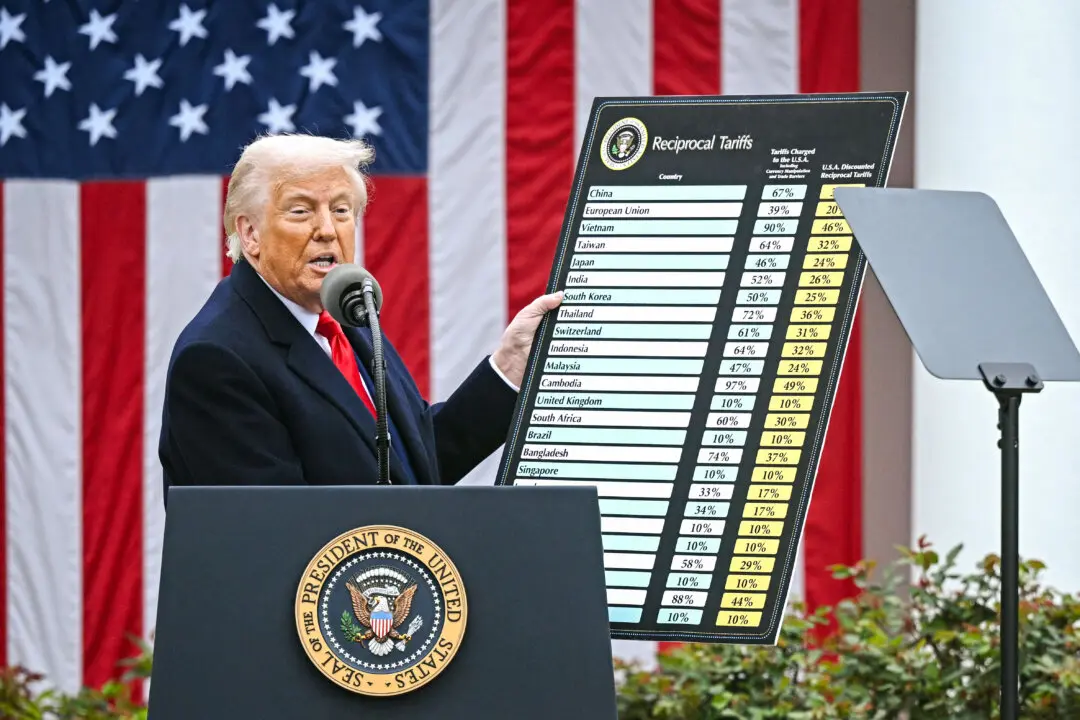Hurricane Florence was captured by NASA via the International Space Station, providing a “stark and sobering view” of the Category 4 storm predicted to make landfall in the Southeastern United States.
The footage, according to the space agency, was captured at 7:50 a.m. ET on Sept. 12.




